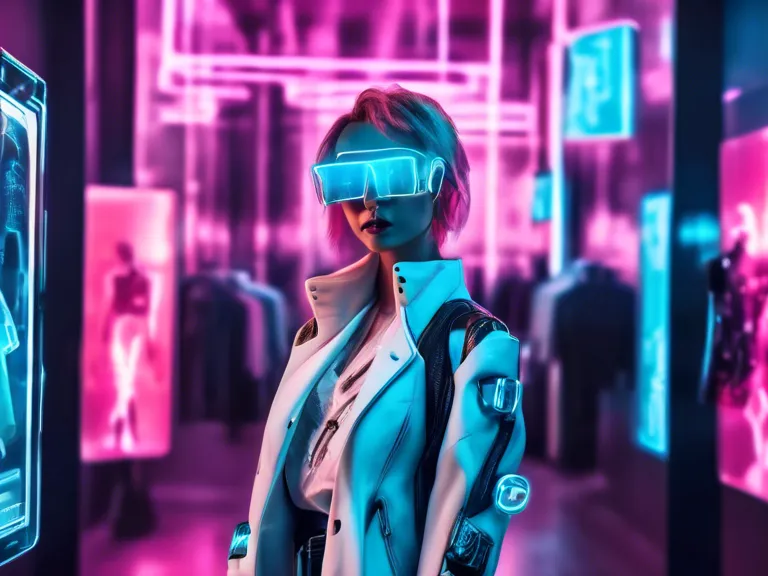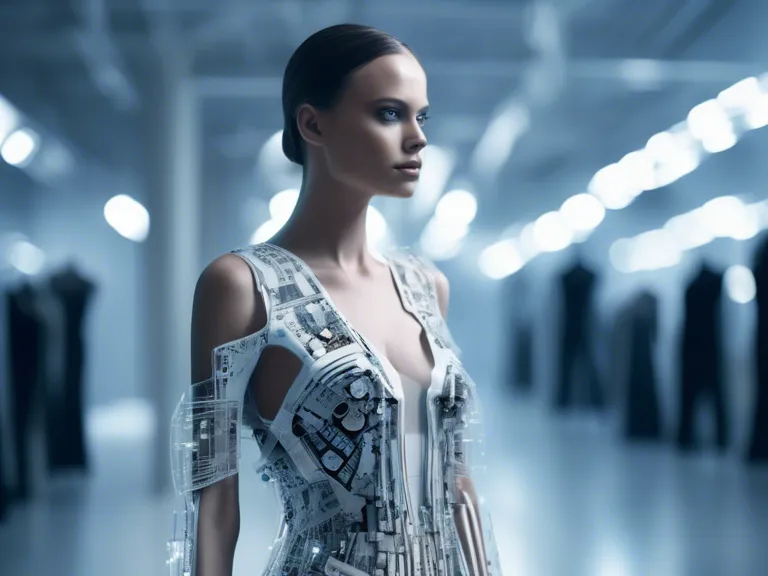
Fashion forecasting has undergone a significant transformation with the integration of artificial intelligence (AI) technology. This evolution has enabled fashion brands and designers to make more accurate predictions, streamline their processes, and ultimately stay ahead of industry trends. AI has revolutionized the way fashion forecasting is done, taking it beyond the runway and into the digital age.
One of the key advantages of AI in fashion forecasting is its ability to analyze vast amounts of data in real-time. This includes social media trends, consumer behavior, sales data, weather patterns, and more. By processing this data, AI algorithms can identify patterns and predict future trends with a higher degree of accuracy than traditional methods. This enables fashion companies to better understand their target audience and tailor their collections to meet consumer demand.
Another benefit of AI in fashion forecasting is its ability to streamline the design process. By analyzing customer feedback and market trends, AI can help designers create more relevant and appealing collections. This not only saves time and resources but also ensures that products resonate with consumers. AI can also assist in predicting which designs will be most successful, allowing companies to make more informed decisions on what to produce.
Additionally, AI can help fashion brands optimize their supply chain and inventory management. By analyzing sales data and consumer behavior, AI algorithms can predict demand for specific products, allowing companies to better plan production levels and minimize excess inventory. This can result in lower costs, reduced waste, and improved sustainability in the fashion industry.
Overall, the integration of AI in fashion forecasting has the potential to revolutionize the way fashion brands operate. By leveraging the power of AI algorithms to analyze data, predict trends, and optimize processes, companies can stay competitive in an ever-changing industry. The evolution of fashion forecasting with AI is not just changing how collections are created, but also how brands interact with their customers and manage their operations.


